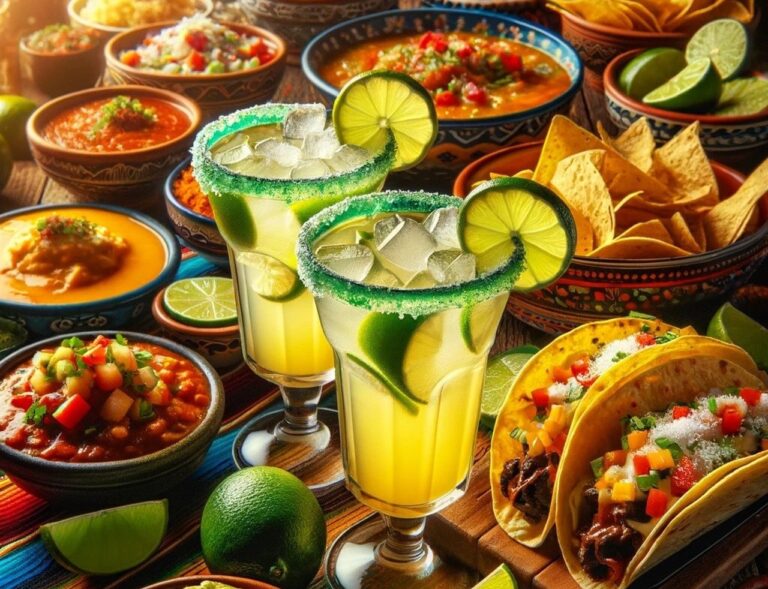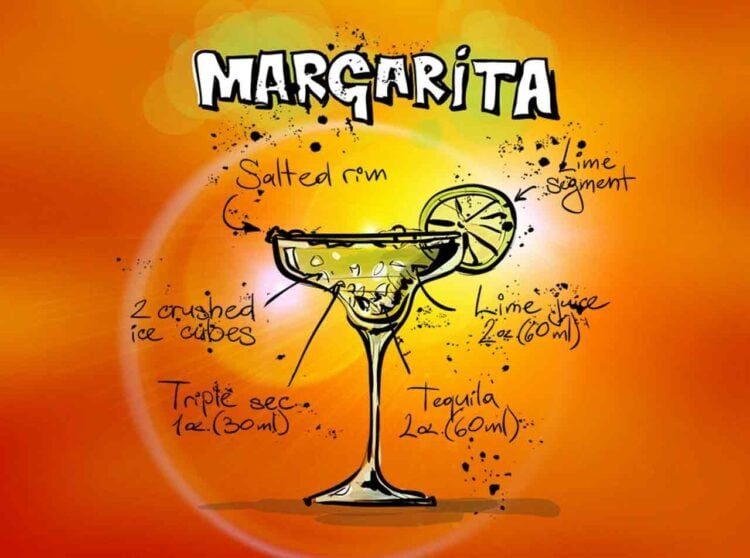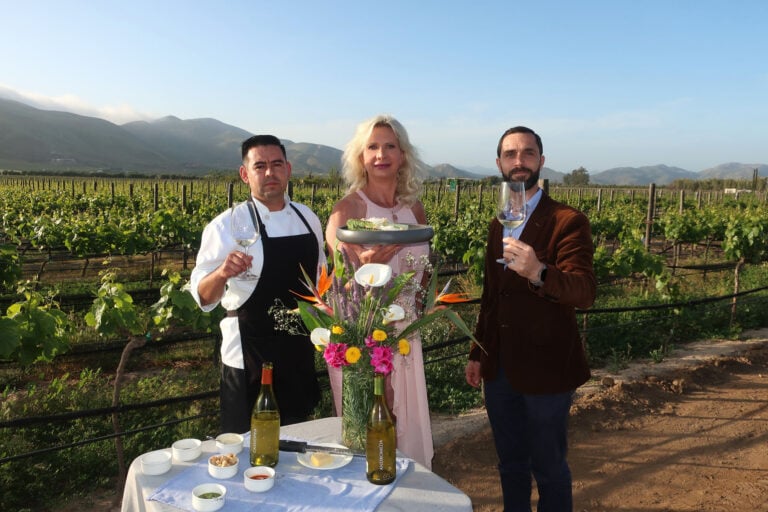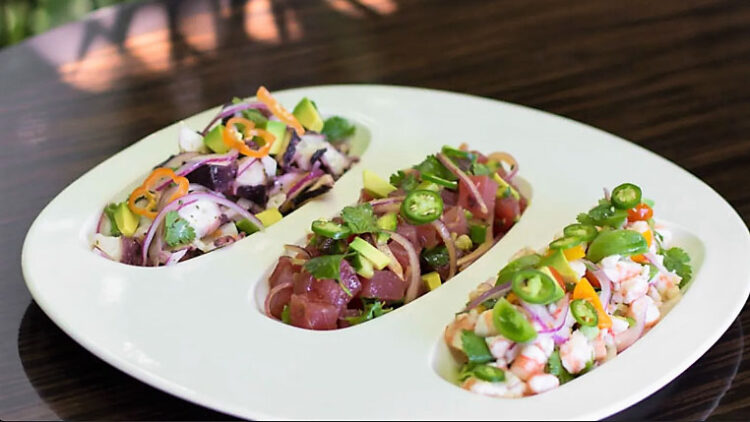Herbal Infusions
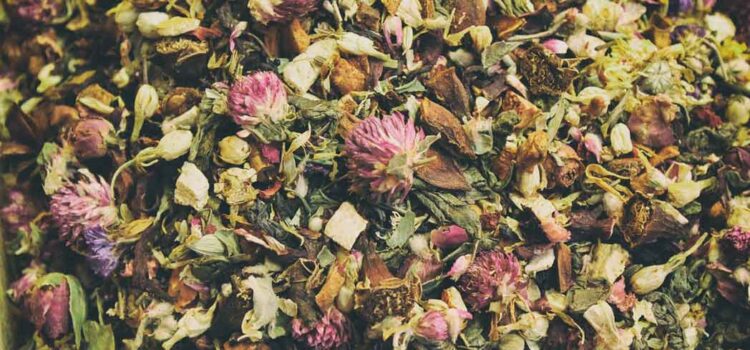
Herbal infusions are not tea. Herbal infusions are made from other plants, such as mint, linden or chamomile. These are often mistakenly referred to as “herbal teas.”
In Europe they are more correctly known as “infusions” or “tisanes“. We urge people to drink herbal infusions when they are looking to avoid caffeine. Tea, as we know it, comes from the Camellia sinensis plant. They include White, Green, Oolong, Black and Pu-erh.
Although the popularity of calling any hot beverage “tea” cannot be denied, we like to make a distinction. There are many other herbals and blends as well: lemon verbena, elderflower, lavender and hibiscus, to name a few. Many of these herbs have medicinal benefits associated with them. Herbalists work with combinations of herbs to heal a great range of sicknesses.
Hibiscus Elder
This blend is very popular iced as well as hot. We add some stevia, a natural sweetener to the blend, which also includes some Lemon Verbena. The flavor is different from the predictable mango flavored ice tea available in most restaurants. It brews into a beautiful ruby colored infusion.
Lemon Verbena
This herb is grown by many people in their gardens and either used fresh or dried for use later. It is much more popular in Europe where it has been used as a relaxing beverage for centuries. The large, beautiful leaves are light green and open fully after infusing in hot water.
Herbal Chai
This is our Africa Chai, so named because the base is pure Rooibos. This is also an herb, not really “red tea” that you see in several marketing campaigns these days. Red Tea is what the Chinese call Black Tea — the description describing the color of the infusion, not the dried leaves. We add a mix of spices to make it an interesting caffeine free alternative — also good with milk or soy milk!

